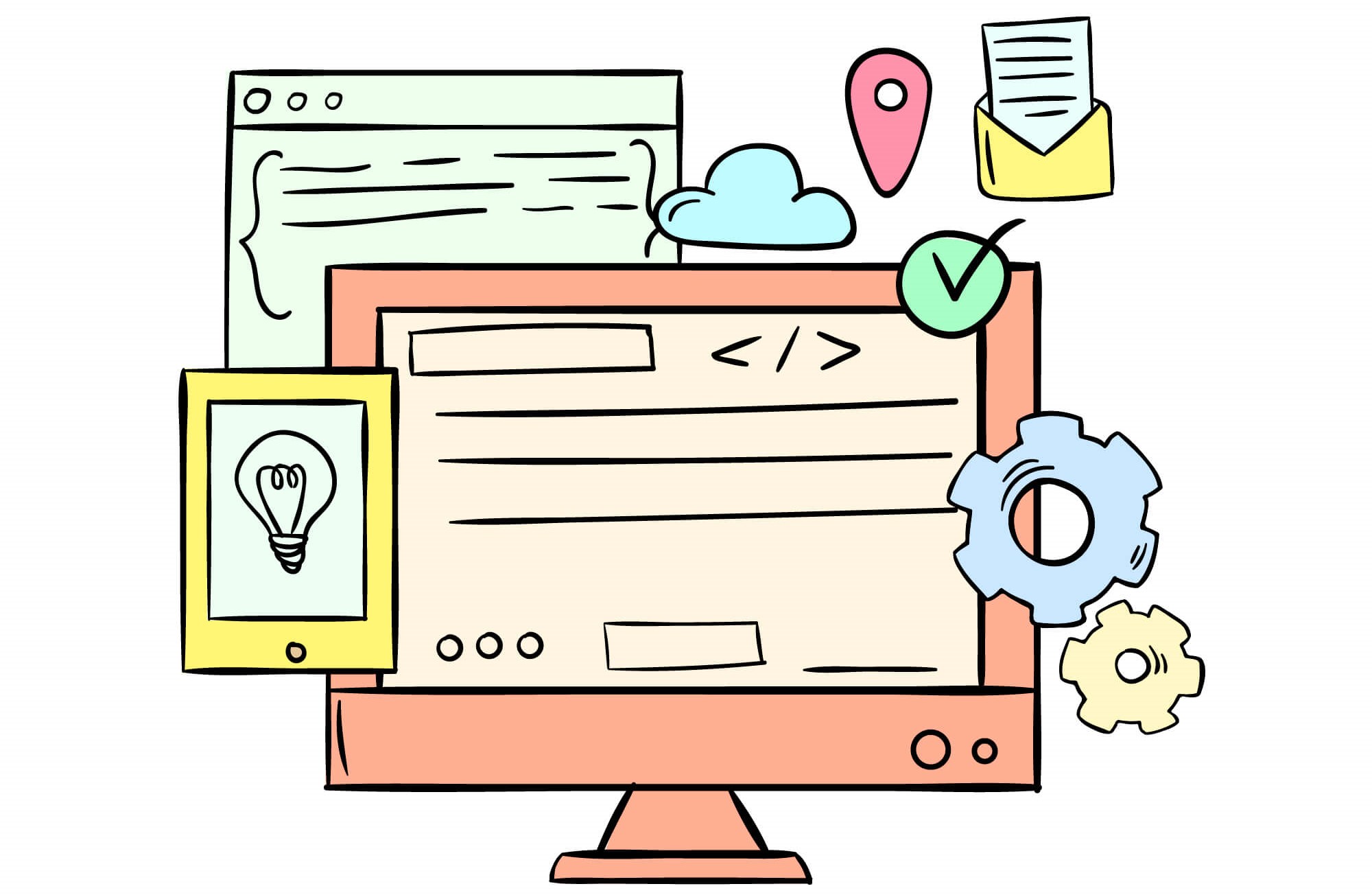


A linear site, in the realm of web design, represents a specific approach to structuring and presenting content in a sequential and controlled manner. This design philosophy is characterized by a deliberate, step-by-step progression through information or experiences, guiding users along a predetermined path. In contrast to non-linear designs that allow for more open exploration, linear sites aim to provide a structured and focused user experience.
Linear design draws inspiration from the concept of a linear narrative, much like the chapters of a book or the scenes in a movie. The primary goal is to present information in a predetermined order, creating a coherent and guided journey for the user. This approach is particularly valuable when the intended message or content benefits from a specific sequence, be it a story, product presentation, or instructional guide.
The hallmark of a linear site is its sequential flow. Users are expected to navigate through the content in a predetermined order, often moving forward or backward through linked sections or pages. This sequential structure creates a guided and controlled experience.
Linear design is often employed to facilitate storytelling on the web. Whether it's narrating the history of a brand, unfolding the evolution of a product, or guiding users through a company's journey, the sequential layout enhances the storytelling aspect, allowing for a more immersive and engaging experience.
Navigation in linear sites tends to be straightforward. Users typically follow a linear progression, moving from one section to the next. This simplicity in navigation is beneficial for users who prefer a guided experience without the complexity of multiple branching paths.
Linear sites aim to provide a focused and controlled user experience. By guiding users through a predefined path, designers can ensure that the intended message or information is presented in a specific order, reducing the risk of confusion and enhancing the impact of the content.
The sequential nature of linear design can contribute to enhanced user engagement. Users are more likely to stay on the site, follow the content, and absorb the intended message when information is presented in a structured and logical order.
Linear design is particularly effective for websites that aim to tell a story. Each section of the website serves as a chapter, guiding users through a narrative, whether it's the history of a brand, the journey of a product, or the evolution of a company.
Websites offering courses or educational content often benefit from a linear structure. Users can progress through lessons or modules sequentially, ensuring they receive information in a logical order.
Linear design is well-suited for product launch websites. It allows for a controlled unveiling of features, benefits, and information about the product, creating anticipation and guiding users through the key selling points.
Websites providing guided tours, tutorials, or step-by-step processes can leverage a linear layout to ensure users follow the intended path. This reduces the likelihood of confusion or missed steps, making it particularly useful for instructional content.
Linear design provides designers with a higher degree of control over the user's journey. This ensures that important information is presented in a specific order, aligning with the intended narrative or messaging strategy.
The straightforward navigation inherent in linear sites makes it easy for users to understand and follow the content. This simplicity reduces cognitive load and contributes to a more user-friendly experience.
Linear design enhances the storytelling aspect of a website. By presenting information sequentially, designers can craft a narrative that unfolds in a logical and engaging manner, capturing the user's attention and interest.
Users navigating a linear site do not face as many decisions about where to go next compared to more complex, non-linear designs. This can reduce decision fatigue and potentially increase user engagement.
While linear design is effective for certain types of content, it may not be suitable for every scenario. Websites that require more non-linear exploration or cater to audiences seeking greater autonomy may benefit from a different design approach.
Linear sites might have limitations in terms of user interaction and exploration compared to more interactive designs. If a website relies heavily on user input, feedback, or collaboration, a linear structure may not be the most suitable choice.
User preferences play a significant role in the effectiveness of linear design. Some users may prefer the structured and guided experience, while others may find it restrictive. Understanding the target audience is crucial in determining the suitability of a linear approach.
In the dynamic landscape of web design, the choice between linear and non-linear approaches depends on the specific goals, content, and target audience of a website. Linear design serves as a valuable strategy for delivering a structured and focused user experience, especially when conveying a narrative, presenting a product, or guiding users through a step-by-step process. However, it is essential for web designers to weigh the advantages and limitations, considering the unique requirements of each project and the preferences of the intended audience. Ultimately, the effectiveness of linear design lies in its ability to align with the goals and storytelling objectives of a given website.
